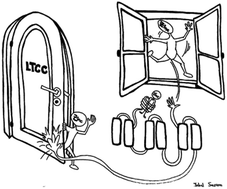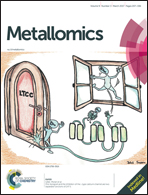Zinc transport and the inhibition of the L-type calcium channel are two separable functions of ZnT-1
Abstract
Traditionally, proteins are considered to perform a single role, be it as an enzyme, a channel, a transporter or as a structural scaffold. However, recent studies have described moonlighting proteins that perform distinct and independent functions; for example, TRPM7 is both an ion channel and a kinase. ZnT-1 is a member of the Carrier Diffusion Facilitator family that is expressed throughout the phylogenetic tree from bacteria to humans. Since its cloning in 1995, ZnT-1 is considered a major extruder of Zn2+ based on its capability to protect cells against zinc toxicity. Recently, we reported that ZnT-1 inhibits the L-type calcium channel (LTCC), a major Zn2+ and Ca2+ entry pathway. Here we show that ZnT-1 is a dual-function protein by demonstrating that its abilities to exchange Zn2+/H+ and to inhibit the LTCC are independent of each other and are mediated by different parts of the protein. Specifically, mutations in the membrane-spanning helices that render ZnT-1 unable to transport zinc do not prevent it from inhibiting the LTCC. Moreover, a fragment consisting of the intracellular ZnT-1 C-terminal, which lacks all ion-transfer segments, inhibits the LTCC as efficiently as wild-type ZnT-1. Our data therefore indicates that ZnT-1 performs two structurally independent functions related to zinc homeostasis.

- This article is part of the themed collection: Zinc in the Biosciences

 Please wait while we load your content...
Please wait while we load your content...